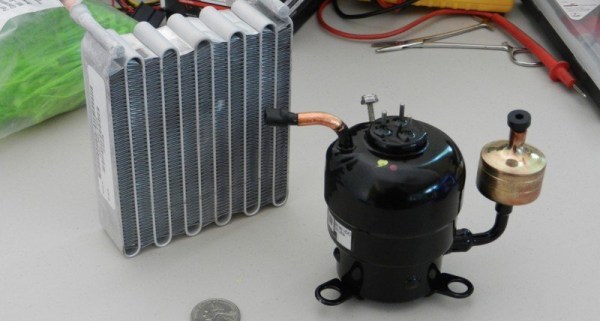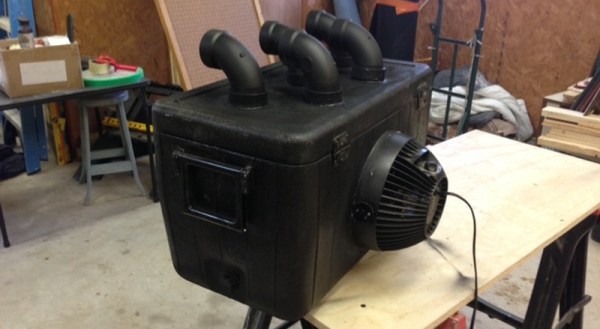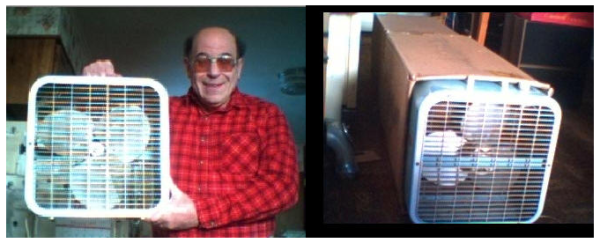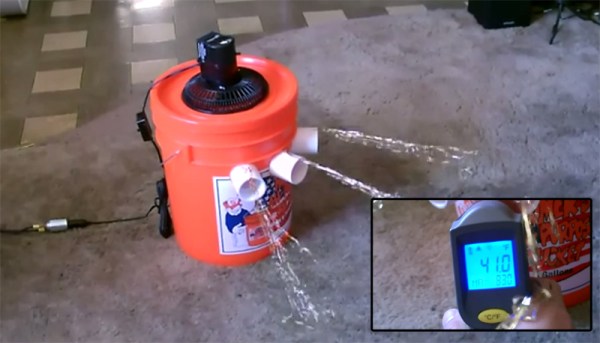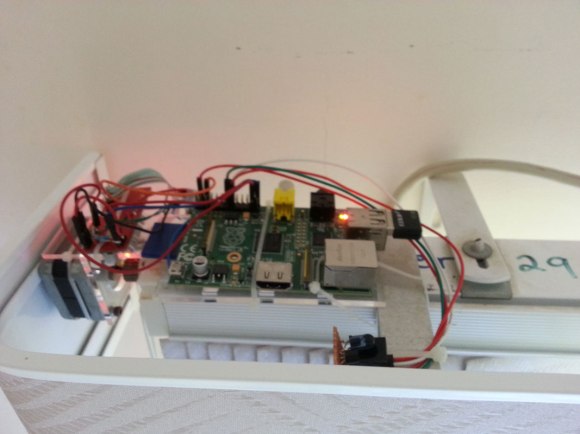Many people with Multiple Sclerosis have sensitivity to heat. When the core body temperature of an MS sufferer rises, symptoms get worse, leading to fatigue, weakness, pain, and numbness. For his entry to the Hackaday Prize, [extremerockets] is finding a solution. He’s developing a wearable, personal cooling device that keeps the wearer at a comfortable temperature.
The device is based on a wearable shirt outfitted with small tubes filled with a cooling gel. This setup is extremely similar to the inner garments worn by astronauts on spacewalks, and is the smallest and most efficient way to keep a person’s core body temperature down.
Unlike a lot of projects dealing with heating and cooling, [extremerockets] isn’t working with Peltiers or thermoelectric modules; they’re terribly inefficient and not the right engineering choice for something that’s going to be battery-powered. Instead, [extremerockets] is building a miniature refrigeration unit, complete with a real refrigeration cycle. There are compressors, valves, and heat exchanges in this build, demonstrating that [extremerockets] has at least some idea what he’s doing. It’s a great project, and one we can’t wait to see a working prototype of.

